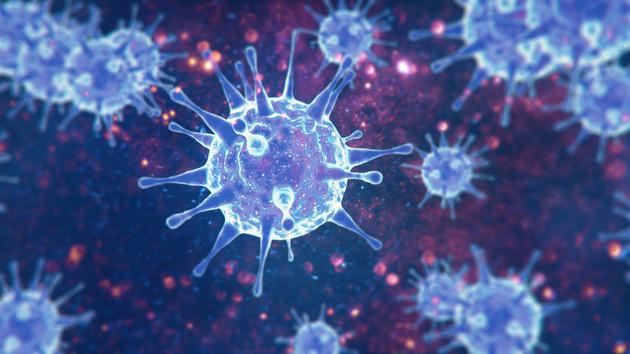How can transmission occur?
Transmission can occur through one or more of the following channels:
– Airborne: Transmission via inhaling aerosol particles emitted by an infected person while coughing, talking, singing, or through general atmospheric dispersal of microbial aerosols.
– Contact: This includes both direct contact with infected persons or animals and indirect contact with contaminated surfaces or materials.
– Vertical: Transmission from mother to child, typically in utero or through bodily fluids exchanged during childbirth.
– Vector Transmission: Spread through insect bites, such as those from infected mosquitoes, ticks, or mites.
– Foodborne and/or Waterborne: Consumption of contaminated food or water, which may introduce infectious agents.
Routes of Entry into the Human Body
According to CDC guidelines, infectious agents can enter the human body through several primary routes:
– Cutaneous and associated mucous membranes
– Digestive mucosal route
– Eye and Conjunctival route
– Urogenital route
– Respiratory route
– Parenteral route
These new guidelines are set to improve awareness and management strategies regarding transmission risks, with full details available soon in the document “D.3.3 Guidelines for epidemiological enquiry”.
The guideline concerns food protection developed by (UniLodz) Uniwersytet Łódzki, National Institute of Aerospace Technology, Polícia de Segurança Pública, Polaris (DoubleTree by Hilton), Hotel Boss Warszawa, Atiram Hotels, Center for Security Studies (KEMEA).
Photo: Adobe Stock

